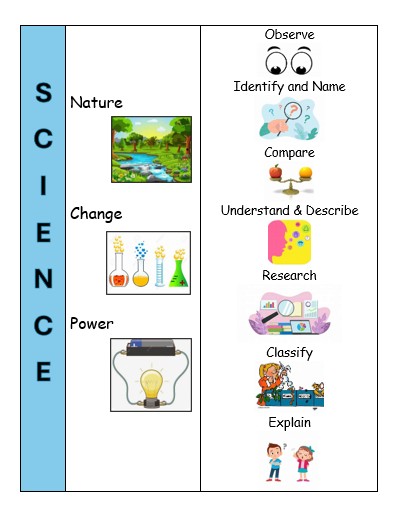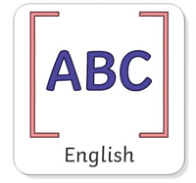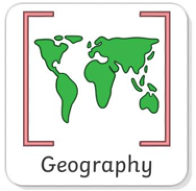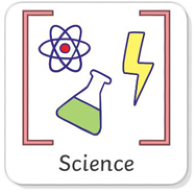Friday 14th March
Grammar Warm Up
LC: to edit and improve complex sentences with an -ed starter
Edit and improve these sentences with an -ed starter:
a) Terrified as the spaceship landed.
b) Stressed by all the things he had to do the man was overwhelmed.
c) Scared of the dark the sky frightened the boy.

LC: to write in role using first person perspective and expanded noun phrases
Let's remind ourselves of the Dr Xargle story.


What are these things that he describes?
a) 'two short tentacles with pheelers on the end'
______________________________________
b) 'very old Earthlings'
______________________________________
c) 'two pointed sticks to make Earthlet wrappers'
_______________________________________
d) 'a hole in their face'
_______________________________________
e) 'wild beasts known as Tibbles and Marmaduke'
_______________________________________

How would ET describe these things that he meets in Elliott's house?
Create an Dr Xargle expanded noun phrase to describe these everyday objects.
the dog
a can of fizzy drink
the TV
the TV remote control
Now, writing in the first person as ET, describe the alien's morning alone in Elliott's house.
How would ET describe these things?





You could begin:
The first thing I saw was the yapping furry beast with four tentacles and the liquid pouring face hole.
LC: To apply knowledge of decimals in real-world problems, such as the perimeter of shapes.





LC: to use research skills to find out which goods and services are traded in Brazil.
Task 1
Look at the headings below.
What question would you like to ask to help you learn more about trade in Brazil?
Discuss with your talk partner.

Now, click on the links above and make notes on your whiteboard to help you answer your question.
Task 2
Read the information below.
Find and highlight the key parts about Brazil only.



Now, look at your highlighted points.
Use these to answer this question in your book:
What good and services does Brazil import and export?
LC: To describe the difference between different life cycles of amphibians, mammals, insects and birds.

BBC Life cycle of a insect (butterfly).
Life cycles of mammals, amphibians, insects and birds





The language for similarities
· Both of these ….
· Each one has …..
· They both ….
· Neither has ….
The language for differences
· The ….. life cycle has ……. whereas the other does not.
· One of the life cycles shows .......however the other .........
· One difference between the life cycles is that one has …………… whilst the other has ……..








